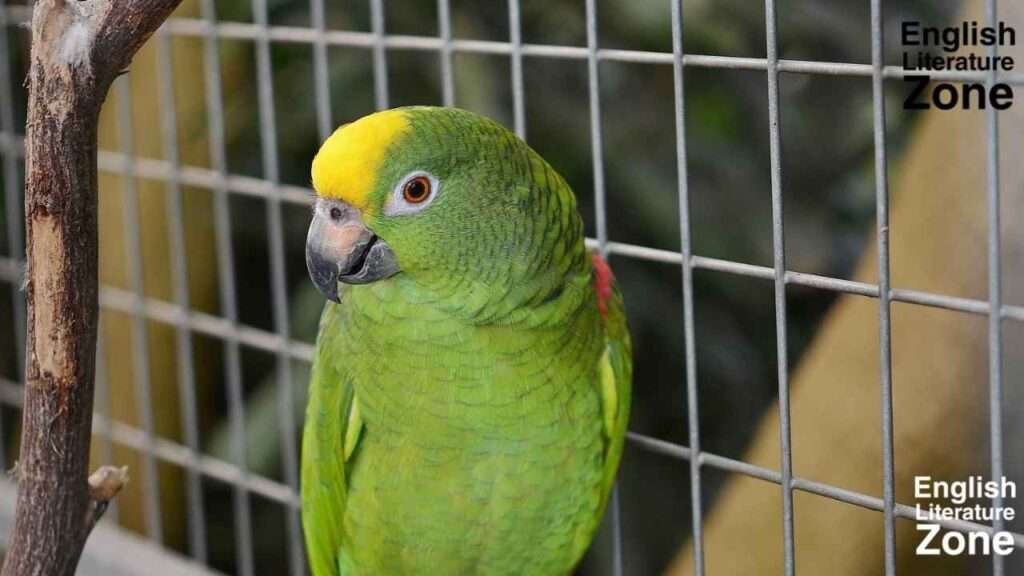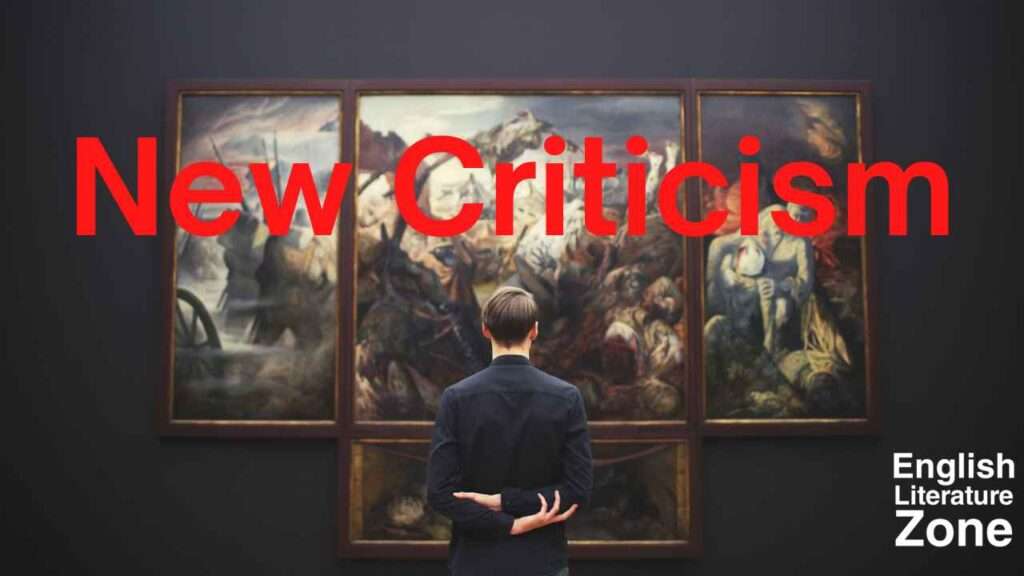
Pied Beauty Poem
Glory be to God for dappled things –
For skies of couple – colour as a brinded cow ;
For rose-moles all in stipple upon trout that swim;
Fresh – firecoal chestnut – falls; finches ‘ wings;
Landscape plotted and pieced – fold, fallow, and plough;
And áll trádes, their gear and tackle and trim.
All things counter, original, spare, strange;
Whatever is fickle, freckled ( who knows how ? )
With swift, slow; sweet, sour; adazzle, dim;
He fathers-forth whose beauty is past change: Praise him.
Introduction
“Pied Beauty” is a Curtal Sonnet by “Gerald Manley Hopkins” commonly known as G. M. Hopkins. It was written in 1877 and published in 1918. Though most Victorian poets deal with the theme of frustration, anxiety, decay, and loss of human values and faith. Gerard Manley Hopkins is the only poet who finds hope in God. So, human faith and God’s Grandeur are the common themes of his writing. Hopkins praises God for his variegated creation. Nature for his variegated creation. Nature in its variety – including straked spotted, and multicolored skies, fields of nuts, fish, birds, and other animals is a gift of God for which we all should be thankful. He says,
“The world is charged with
the Grandeur of God.”
About G. M. Hopkins
G. M. Hopkins, an English poet, and the Jesuit priest is one of the most famous in Victorian writers. He is regarded as one of the Victorian Era’s greatest poets. Although his poetry was not greatly appreciated during his life now he is considered one of the masters of Victorian poetry. His poems were published posthumously in a book by the name ‘Poems in 1918’.
Hopkins is remembered for his exciting writing style, particularly his innovative rhythm known as ‘Sprung Rhythm’, and for his use of imagery and language to explore themes such as ‘religion and Nature’. He is called, “the father of modern English poetry.”
Among Hopkins’s world-famous poem included,
- God’s Grandeur
- Heaven Haven
- The Windhover
- Spring and Fall: To A Young Child
- Moonless Darkness stands Between
About Title
The word “Pied” means having two or more colours. It is one of the many virtues that the speaker most praises about God’s creation.
The theme of the Poem
“Pied Beauty” is a song of admiration for God’s creation. So the Spirituality, Nature, Awe and Amazement, Brevity. Creation is the main theme of this poem.
Structure and Form of the Poem
Pied Beauty is written in the form of a ‘Curtal Sonnet’. Instead of having the traditional fourteen lines, it consists of ten and a half lines. Hopkins used this curtal form only in two of his poem in the present poem and in ‘Peace’. The poem has two stanzas, in the first stanza it has a total of six lines and in the second stanza, it has four and a half lines. The meter of this poem is “Sprung Paeonic”. A Paeonic foot has one stressed and three unstressed syllables. The rhyme scheme of the poem is – ABCABC DBCDE.
Analysis of the Poem
This poem “Pied Beauty” starts by praising God for dappled things, for spotted things. God has created different Kinds of colorful things in the world and the poet is praising God who creates these different things. The poet compared the colour of the sky with the colour of the cow. Just as a white cow has black spots on it, some cows have black spots on it, some cows are stained, and there is a different colour on it. In the same way, the sky is mixed with blue colour. Trout, which is a fish that swims in water, also have pink spots on that fish.
Next poet talks about chestnut, when chestnut fruit falls from the tree, it has its colour outside like a smoldering coal. If we see smoldering coal, there are many colour mixes in it. It has orange, red, blue, and black.
Finches are small birds and the feather of that bird are very colorful. The land is twisted from somewhere fertile. Next poet says – not only the land but the machines is also different. Some are slow, some are fast, some are big, some are small and all these machines make different sounds.
Thus, in the first stanza, the poet has told the things created by both god and man, how everything is different from each other, and how much variety is there in the world. How colorful is the world?
In the second stanza, the poet says – everything is original and unique and much more. Our mind cannot even imagine, can’t even think. How God created this colorful and beautiful world. Only God knows this. We appreciate the light only when it is dark! When we eat sour or spicy food, we remember sweets. When something bad happens in life, it’s good after that.
Everything has some role in the world. There are no useless things in the world. There are no useless things in the world. All these things together make the world beautiful. “God is the father of all these beautiful things”, that is God has created all these things. The God who created such a beautiful world and made different things, so Praise that God.
Conclusion
Through the poem “Pied Beauty” the poet “Gerald Manley Hopkins” praises the variety and beautiful things of the world which are fathered by God. By praising the creation, Hopkins praises the almighty god. He glorifies the infinite power of God to create the vicissitudes of things and also for the power to bring uniformity despite diversity.
“The World is God’s creation and
we belong to the Lord,
And everything around us
is made up of his love.
So we should open heart to God
and put our trust in him.”




